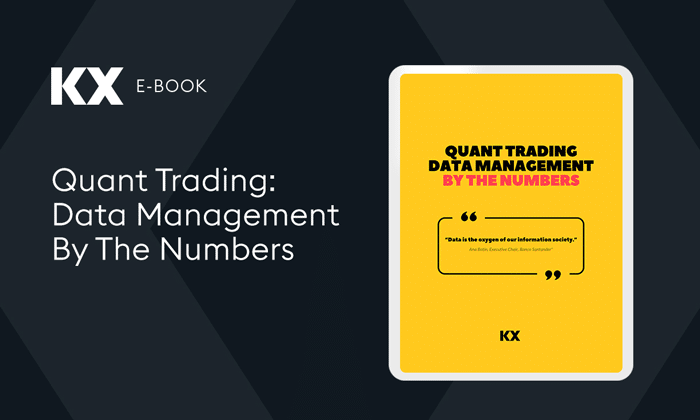Today, efficiently managing and analyzing vast amounts of data is critical to performance across many industries. In particular, time series data — that is, data points indexed in time order — has become increasingly important.
Time series data can come in various forms, such as:
● Financial data: Stock prices, trading volumes, and exchange rates
● IoT sensor data: Temperature readings, pressure levels, and GPS coordinates
● Environmental data: Weather conditions, air quality, and pollution levels
● Server performance metrics: CPU usage, memory consumption, and network throughput
Time-series data is now helping to power a wide range of applications and technologies, from financial trading to predictive maintenance.
However, traditional databases often fall short in handling such data due to structural and storage inefficiencies. Enter time series databases, specialized databases explicitly designed to manage and analyze time series data.
What Is a Time Series Database?
Think of a time series database, or TSDB, as a highly efficient filing system for time-stamped information. A time series database is specifically designed to store, access, and analyze data recorded in sequential, time-based order.
For example, in capital markets, quantitative researchers often analyze high volumes of continuously generated time series data in real time. Time series databases can support them with immediate insights, thanks to high-speed data ingestion, efficient storage, and advanced querying capabilities.
Let’s explore how a time series database works and the mechanisms that make it so effective in handling time-stamped data.
How Does a Time Series Database Work?
Time series databases work by storing data in a manner that facilitates efficient time-based querying and analysis. Here’s how they typically function:
● Data Ingestion: TSDBs are designed to handle high-frequency data inputs at fast speeds without sacrificing performance.
● Data Storage: Unlike traditional databases that might use complex relational schemas, TSDBs store data in a compact, time-optimized format. This optimized and compressed data saves storage space and is faster to retrieve.
● Data Retrieval: TSDBs offer powerful querying capabilities to retrieve data based on time intervals. This optimizes analysis of trends, patterns, and anomalies over time.
● Real-Time Analysis: Many TSDBs support real-time data analysis, enabling users to perform immediate calculations and generate insights from live data.
Time series databases started to gain significant momentum in the late 2000s and early 2010s. But, today, AI and machine learning are unlocking new capabilities.
How AI Is Changing Time Series Forecasting for the Better
Artificial intelligence and machine learning are positively impacting data analysis. AI enhances forecasting models by analyzing vast amounts of historical and real-time data to identify complex patterns that traditional methods might miss.
AI algorithms can also continuously learn from new data and quickly adapt their forecasts to changing conditions. Thanks to this speed and flexibility, more precise predictions are becoming possible, especially when leveraging time-series datasets.
Specific applications of AI in time-series forecasting include:
● Inventory Management: Optimizing inventory levels by accurately predicting demand fluctuations.
● Equipment Maintenance: Predicting equipment failures to prevent downtime and reduce maintenance costs.
● Financial Markets: Forecasting stock prices, interest rates, and other financial indicators with greater accuracy.
● Sales Forecasting: Improving sales planning and resource allocation by accurately predicting future sales trends.
These advances are helping businesses make more confident and informed decisions. However, integration with AI is not the only factor to consider when evaluating a time series database.
What To Look For in a Time Series Database
A time series database should meet several requirements to ensure best performance. First, it needs to have a high capacity to manage large volumes of data efficiently. Next, look for in-memory interactive dashboards — by storing data in the system’s RAM, live updates, trend tracking, event monitoring, and instant alerts are possible.
In addition, rapid querying capabilities are a must. Support for both standard queries and custom statistical functions is also helpful when working with time series data. As discussed, access to machine learning and AI algorithms should be available too.
Lastly, the database needs to handle multiple logins, run numerous queries simultaneously, and operate under high-load conditions without compromising performance.
Explore kdb+ and KDB.AI
A TSDB is crucial because it addresses the unique challenges posed by time-stamped data, which is increasingly central to modern applications.
KX offers the world’s fastest time series database solution, kdb+, designed to handle massive volumes of time series data efficiently. Paired with KDB.AI, we’re already enabling world-leading organizations to combine time-oriented data insights with powerful generative AI capabilities.
Ready to learn more about how KX’s solutions can help you process time-series data at unmatched speed and scale? Book a demo today.












